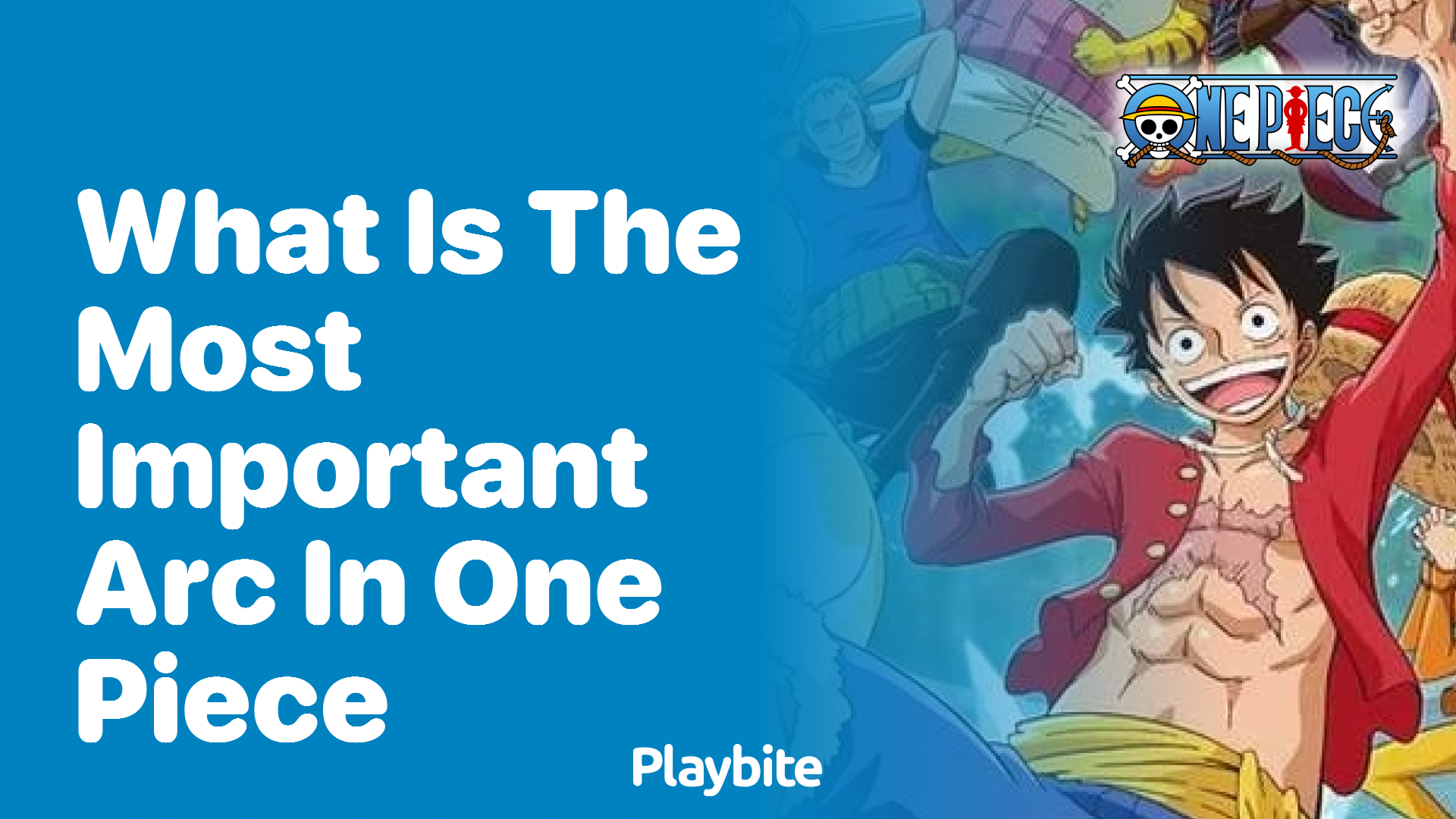When Was the One Piece Manga Created?

Last updated
Ever wonder when the epic saga of pirates and treasures, One Piece, first set sail in the world of manga? Well, you’re not alone! Let’s dive into the origins of this legendary series.
So, when did the world first meet Monkey D. Luffy and his Straw Hat Crew in manga form? We’re about to find out.
The Birth of a Pirate Legend
One Piece made its grand debut in Shueisha’s Weekly Shōnen Jump magazine in July 1997. Created by the brilliant Eiichiro Oda, it quickly captured the hearts of readers worldwide.
The series started on an electrifying note, introducing us to Luffy’s unique powers from eating a Devil Fruit and his dream to become the Pirate King. Since then, it’s been a whirlwind of adventures, battles, and camaraderie.
Win Official Gift Cards with Playbite and Dive into One Piece
If you’re itching to catch up on Luffy’s adventures without breaking the bank, Playbite has got an exhilarating proposal for you. By playing casual mobile games on the Playbite app, you stand a chance to win official App Store and Play Store gift cards. What can you do with these, you ask? You can use them to pay for Crunchyroll Premium, allowing you to watch One Piece and join the Straw Hat Pirates on their quest for the ultimate treasure.
Imagine earning the chance to dive into the vast world of One Piece just by having fun! Download the Playbite app now to start playing games, earning points, and winning rewards. Who knows, you might even find your very own One Piece among the treasures waiting for you.

In case you’re wondering: Playbite simply makes money from (not super annoying) ads and (totally optional) in-app purchases. It then uses that money to reward players with really cool prizes!
Join Playbite today!
The brands referenced on this page are not sponsors of the rewards or otherwise affiliated with this company. The logos and other identifying marks attached are trademarks of and owned by each represented company and/or its affiliates. Please visit each company's website for additional terms and conditions.


















